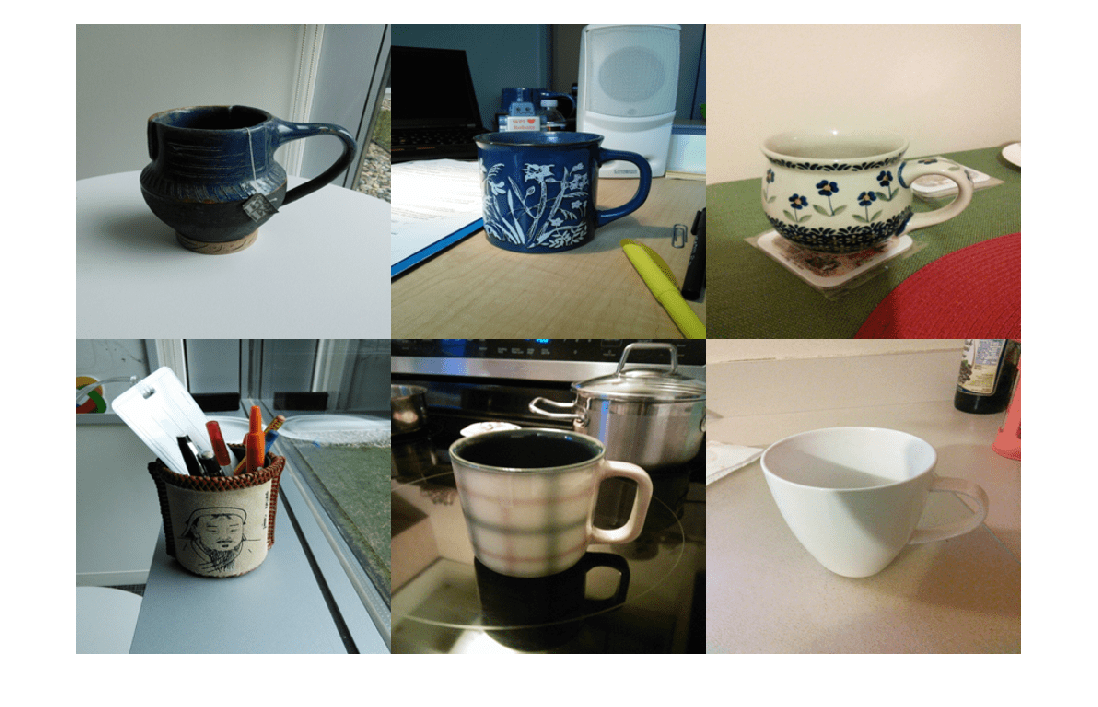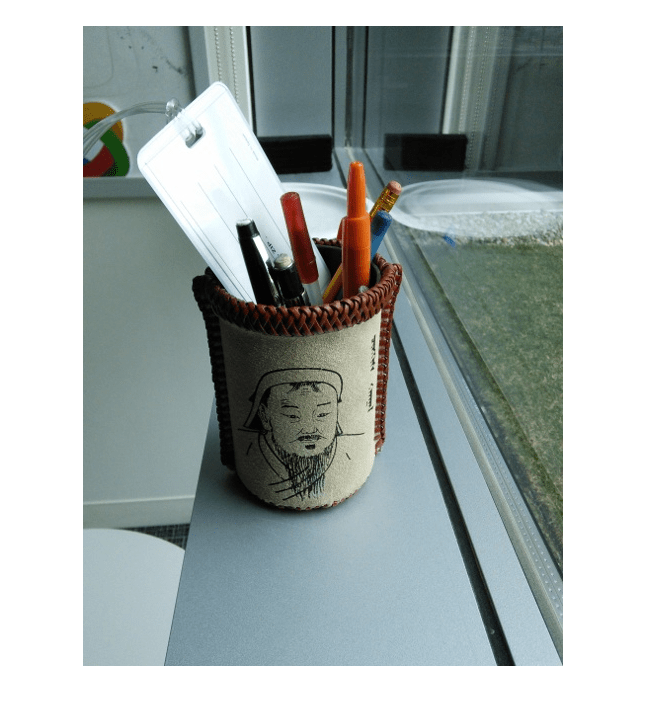indexImages
Create image search index
Syntax
Description
imageIndex = indexImages(imds)invertedImageIndex object, imageIndex,
that contains a search index for imds. Use imageIndex with
the retrieveImages function
to search for images.
imageIndex = indexImages(imds,bag)bagOfFeatures object, bag. Use
this syntax with the bag you created when you
want to modify the number of visual words or the feature type used
to create the image search index for imds.
imageIndex = indexImages(___,Name,Value)Name,Value pair
arguments, using any of the preceding syntaxes.
This object supports parallel computing using multiple MATLAB® workers. Enable parallel computing from the Computer Vision Toolbox Preferences dialog box. To open Computer Vision Toolbox™ preferences, on the Home tab, in the Environment section, click Preferences. Then select Computer Vision Toolbox .
Examples
Input Arguments
Name-Value Arguments
Output Arguments
Algorithms
imageIndex uses the bag-of-features framework
with the speeded-up robust features (SURF) detector and extractor
to learn a vocabulary of 20,000 visual words. The visual words
are then used to create an index that maps visual words to the images
in imds. You can use the index to search for
images within imds that are similar to a given
query image.
Extended Capabilities
Version History
Introduced in R2015a





